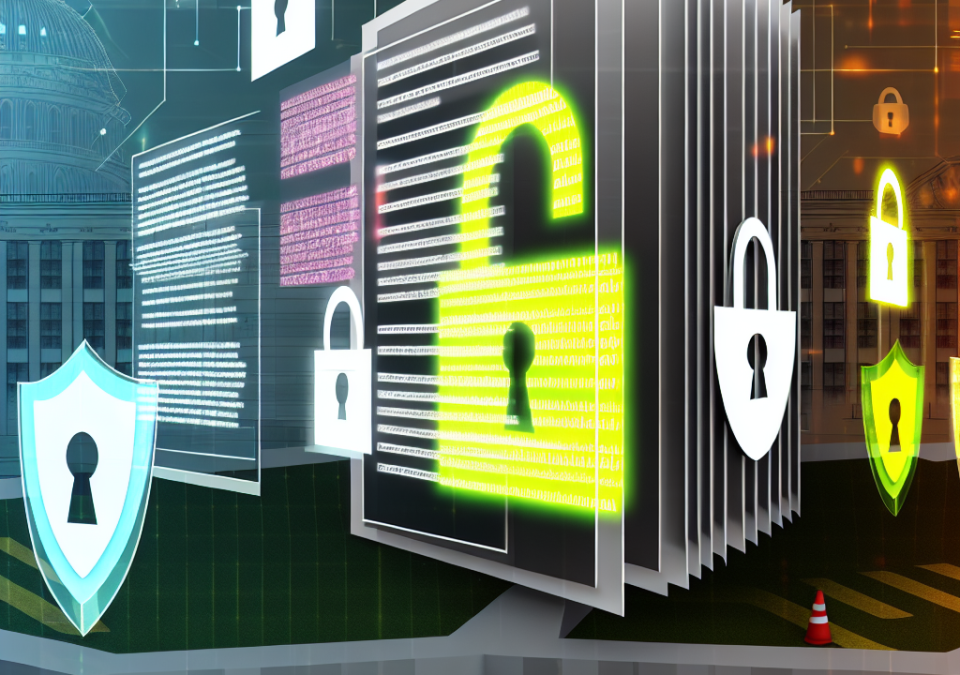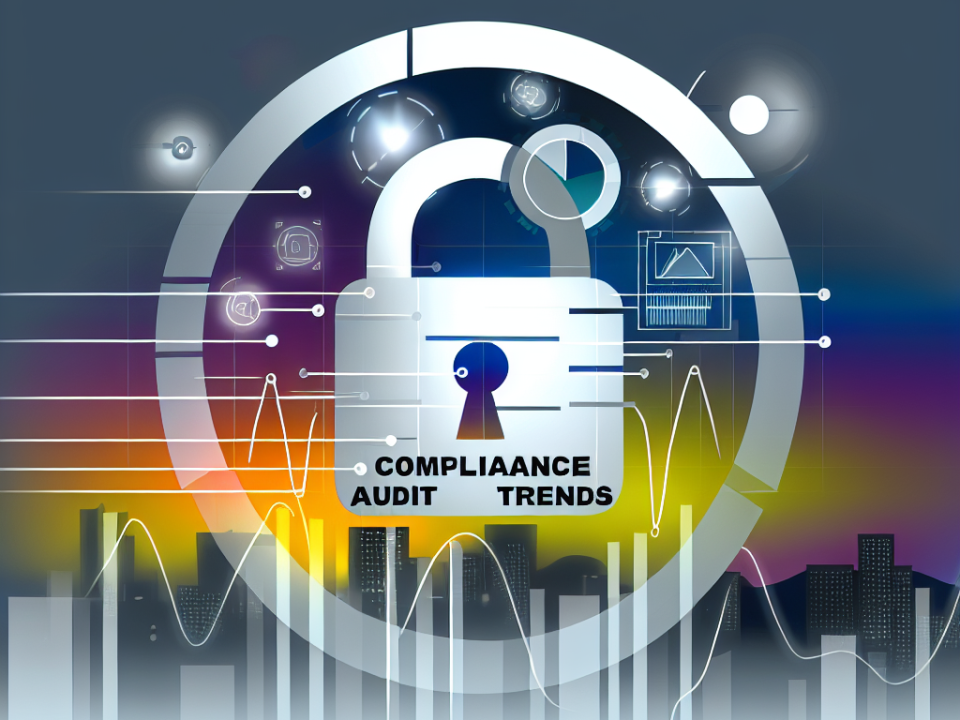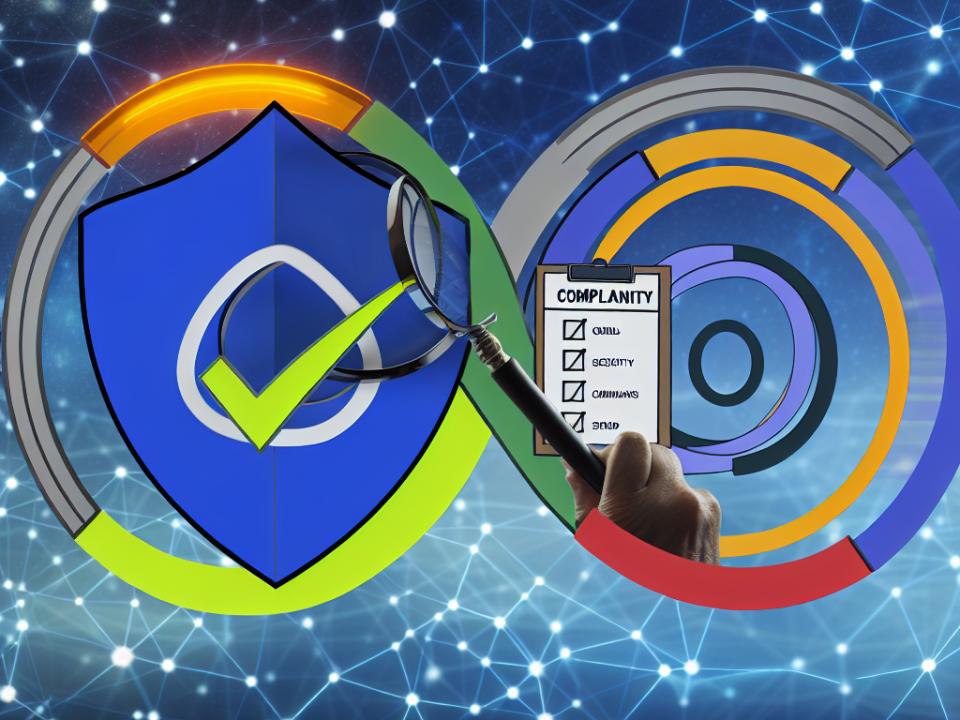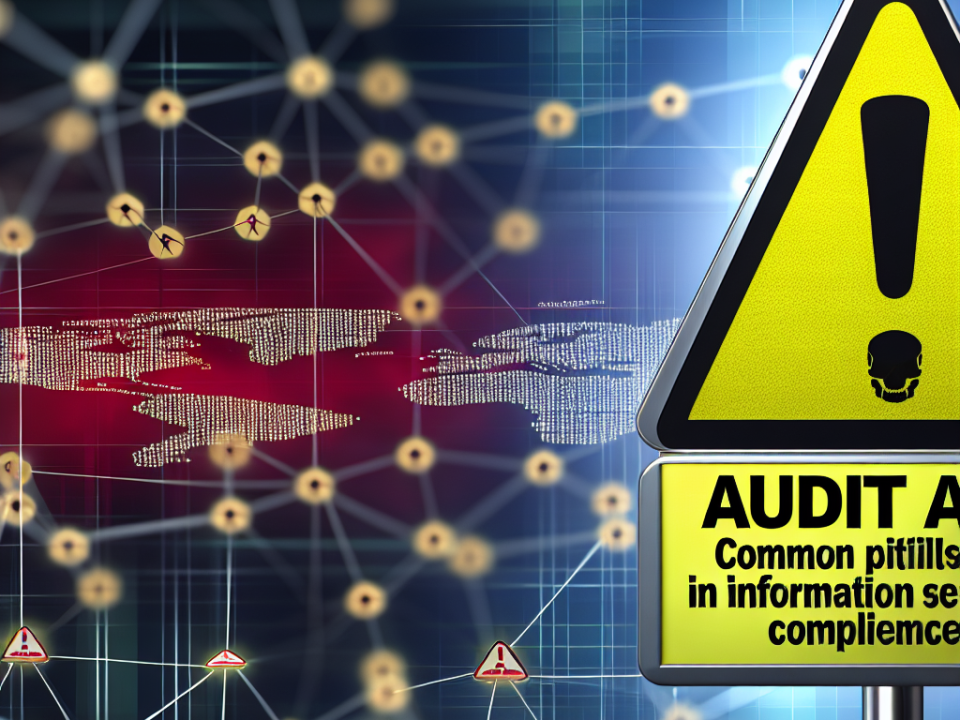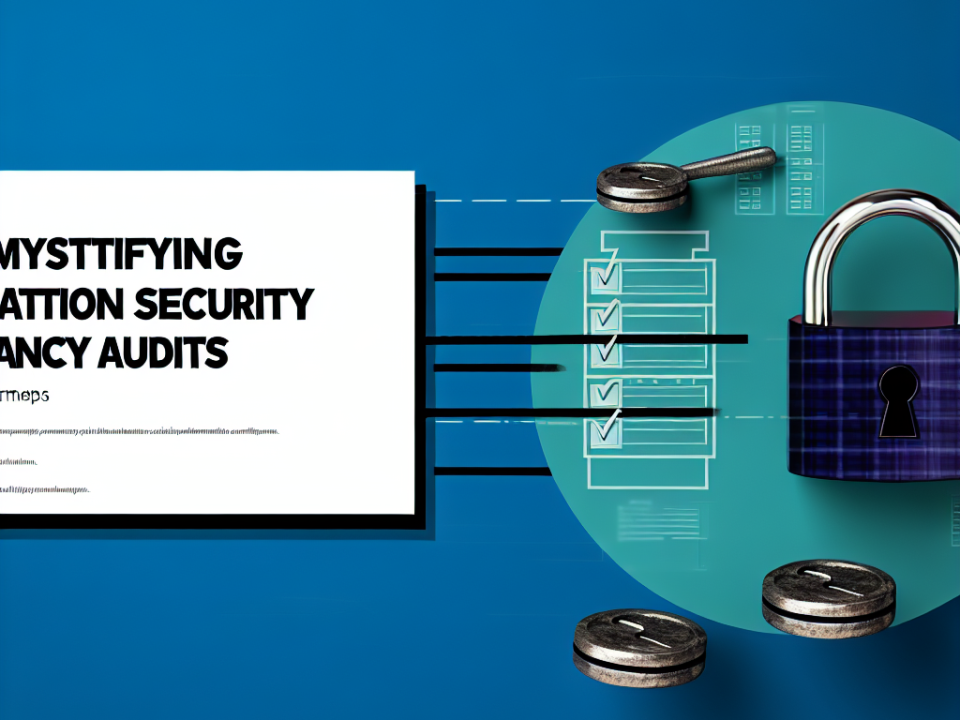
From Compliance to Crisis Management: A vCISO’s Role in Modern Business
August 8, 2025
How vCISOs Are Redefining Cybersecurity Strategy for Small and Medium Enterprises
August 9, 2025
In an era increasingly defined by digital interaction, the interdependence of privacy laws and cybersecurity regulations has become a focal point for governments, organizations, and stakeholders worldwide. As breaches of sensitive data become more frequent and sophisticated, understanding the regulatory landscape surrounding privacy and cybersecurity is essential for safeguarding individual rights and corporate responsibilities.
Understanding Privacy Laws
Privacy laws are designed to protect individuals’ personal information from unauthorized access, use, or disclosure. These laws vary significantly across jurisdictions but often share common principles, such as ensuring transparency, enabling individuals to control their data, and imposing penalties for non-compliance.
Key Regulations
-
General Data Protection Regulation (GDPR): Enacted in the European Union, GDPR is perhaps the most well-known privacy regulation. It establishes stringent requirements for data protection and grants individuals greater control over their personal data.
-
California Consumer Privacy Act (CCPA): This state-level law in the U.S. aims to enhance privacy rights and consumer protection for residents of California, introducing measures similar to those found in GDPR.
- Health Insurance Portability and Accountability Act (HIPAA): In the U.S., HIPAA governs the use of personal health information, aligning privacy safeguards with cybersecurity measures to protect sensitive medical data.
The Role of Cybersecurity
Cybersecurity refers to the technologies, processes, and practices designed to protect systems, networks, and data from attacks or unauthorized access. Effective cybersecurity measures are not just technical solutions; they are an integral part of an organization’s compliance with privacy laws.
Essential Components
-
Data Encryption: Converting data into a coded format that is unreadable without a decryption key is a foundation for protecting personal information.
-
Access Controls: These measures limit who can access sensitive data, ensuring that only authorized personnel can view or manipulate it.
- Incident Response Plans: Having a clear framework for responding to data breaches is crucial not only for compliance but also for minimizing potential harm to individuals.
Regulatory Overlap
The overlap between privacy laws and cybersecurity regulations is evident in several key areas:
1. Data Breach Notification
Many privacy laws require organizations to notify affected individuals in the event of a data breach. For example, both GDPR and CCPA mandate timely communication with consumers, which can necessitate robust cybersecurity measures to quickly identify and respond to breaches.
2. Accountability and Compliance
Organizations must demonstrate compliance with both privacy and cybersecurity regulations. This entails implementing comprehensive policies, conducting regular audits, and maintaining detailed documentation of data handling and cybersecurity practices.
3. Training and Awareness
As part of compliance, organizations are often required to train employees on data protection practices and raise awareness about cybersecurity threats. A well-informed workforce is a critical line of defense against data breaches.
Challenges in Harmonization
Despite the clear links, several challenges hinder the harmonious implementation of privacy and cybersecurity regulations:
-
Divergent Standards: Different jurisdictions may have conflicting requirements that complicate compliance for multinational organizations. This discrepancy can lead to significant operational challenges.
-
Rapid Technological Advances: As technology evolves, so too do the methods employed by cybercriminals. Regulations must adapt to keep pace with these changes, which can be a slow process.
- Resource Allocation: Organizations, especially small and medium-sized enterprises (SMEs), may struggle to allocate sufficient resources to meet both privacy and cybersecurity demands effectively.
The Path Forward
To navigate the complex intersection of privacy laws and cybersecurity, stakeholders must adopt a proactive and integrated approach:
-
Collaboration: Regulators, industry leaders, and cybersecurity experts need to work together to develop frameworks that address both privacy and security concerns simultaneously.
-
Legislative Updates: Governments should regularly review and update privacy and cybersecurity laws to reflect the evolving landscape of technology and cyber threats.
- Best Practices: Organizations can benefit from established best practices that address both privacy and cybersecurity, enabling them to create a cohesive strategy for managing risks related to data protection.
Conclusion
As the digital landscape continues to expand, the intersection of privacy laws and cybersecurity will be crucial in shaping a secure and trustworthy digital environment. By fostering collaboration among regulators, businesses, and consumers, we can mitigate risks, enhance compliance, and protect the fundamental right to privacy. The convergence of these two domains is not just a regulatory necessity—it is an ethical imperative for the digital age.

